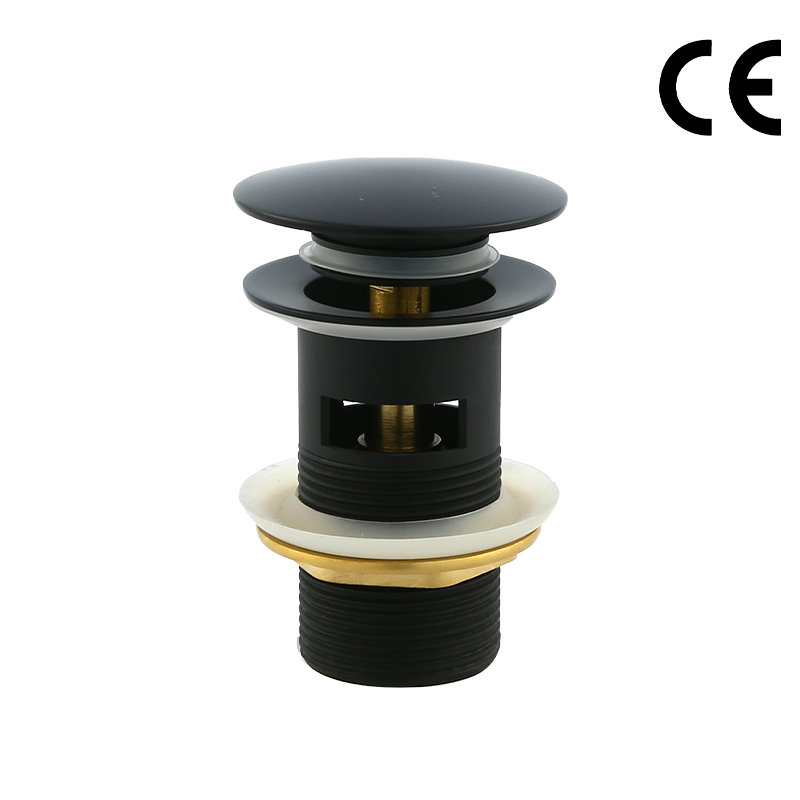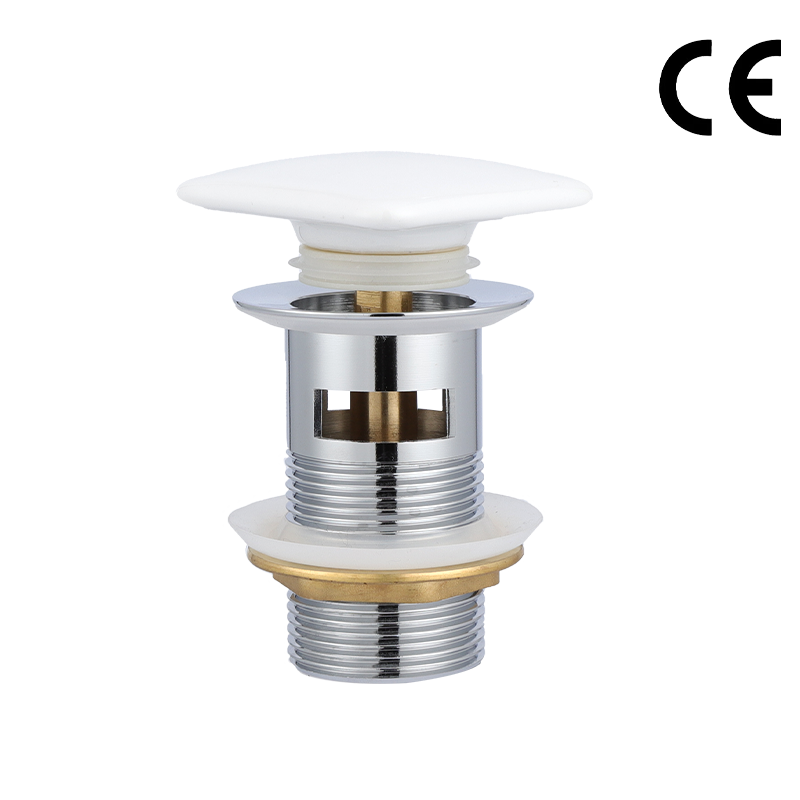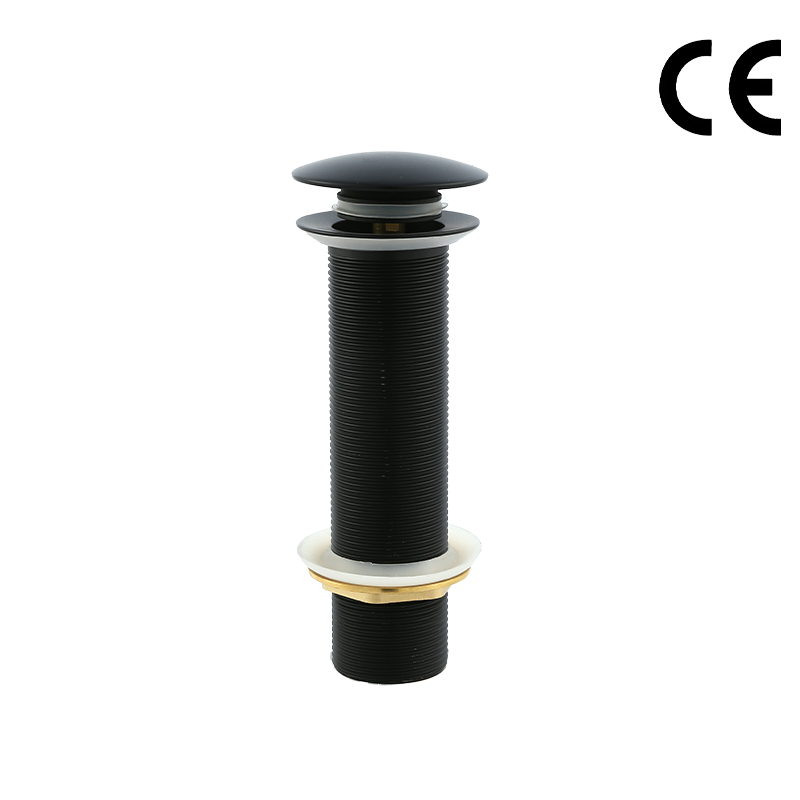The Architectural Necessity: Balcony Floor Drains
Date:2024-01-12
High Quality balcony floor drain, balcony floor drain Price, balcony floor drain Factory
In the realm of architectural design, the balcony floor drain is an often overlooked yet essential component of a well-functioning outdoor space. As a designer, I am always considering the practical aspects of a structure that contribute to its overall usability and longevity. This article will delve into the importance of balcony floor drains, their design considerations, and how they enhance the functionality and aesthetic appeal of balconies.
Design Considerations
Location and Placement
The location and placement of the balcony floor drain are critical. The drain should be positioned in a way that allows for efficient water runoff, typically at the lowest point of the balcony. This ensures that water does not pool on the surface, reducing the risk of slip hazards and potential damage to the balcony structure.
Drain Size and Capacity
The size and capacity of the balcony floor drain must be appropriate for the area it serves. Larger balconies may require multiple drains or a larger drain to handle the volume of water effectively. The drain's capacity should also account for the local rainfall patterns and the balcony's drainage needs.
Material Selection
The material chosen for the balcony floor drain should be durable, corrosion-resistant, and able to withstand the elements. Common materials include stainless steel, cast iron, and high-quality plastics. The choice of material also impacts the drain's appearance, which should blend seamlessly with the overall design of the balcony.
Aesthetic Integration
While functionality is paramount, the aesthetic integration of the balcony floor drain is also important. The drain should be designed to complement the surrounding area, whether it's a modern, minimalist balcony or a more traditional, ornate design. This can be achieved through the use of matching materials, colors, or subtle design features.
Applications of Balcony Floor Drains
Residential Balconies
In residential settings, balcony floor drains are crucial for maintaining a dry and safe outdoor living space. They prevent water accumulation during rain, ensuring that the balcony remains usable and comfortable for residents.
Commercial Buildings
Commercial buildings, such as hotels and office complexes, often feature balconies that serve as additional outdoor spaces for their occupants. Balcony floor drains in these settings are essential for maintaining cleanliness and preventing water damage to the building's interior.
Public Spaces
Public spaces, such as parks and plazas, may include balconies or elevated platforms that require drainage systems. Balcony floor drains in these areas help to manage water runoff, contributing to the overall usability and safety of the space.
Green Roofs and Terraces
In green roofs and terraces, balcony floor drains play a vital role in managing excess water from the plants and soil. These drains help to prevent waterlogging, which can damage the green roof's structure and negatively impact the health of the plants.
Benefits of Balcony Floor Drains
Safety and Comfort
Balcony floor drains contribute to the safety and comfort of outdoor spaces by preventing water accumulation. This reduces the risk of slips and falls, ensuring that balconies remain a pleasant and safe area for occupants.
Structural Integrity
By managing water runoff effectively, balcony floor drains help to protect the structural integrity of the balcony and the building itself. They prevent water damage, which can lead to costly repairs and potential structural issues.
Aesthetic Appeal
A well-designed balcony floor drain can enhance the overall aesthetic appeal of the balcony. By blending seamlessly into the surrounding design, the drain can contribute to a cohesive and visually pleasing outdoor space.
Environmental Responsibility
Properly functioning balcony floor drains can help to manage stormwater runoff, reducing the strain on municipal drainage systems and contributing to more sustainable urban environments.
Conclusion
Balcony floor drains are a vital aspect of architectural design, ensuring the functionality, safety, and aesthetic appeal of outdoor spaces. As a designer, I recognize the importance of integrating these drains into the overall design of a balcony, considering factors such as location, size, material, and aesthetic integration. By doing so, we can create outdoor spaces that are not only practical but also visually engaging and environmentally responsible. Balcony floor drains serve as a testament to the thoughtful design that goes into creating spaces that are both beautiful and functional.


 English
English Español
Español

















